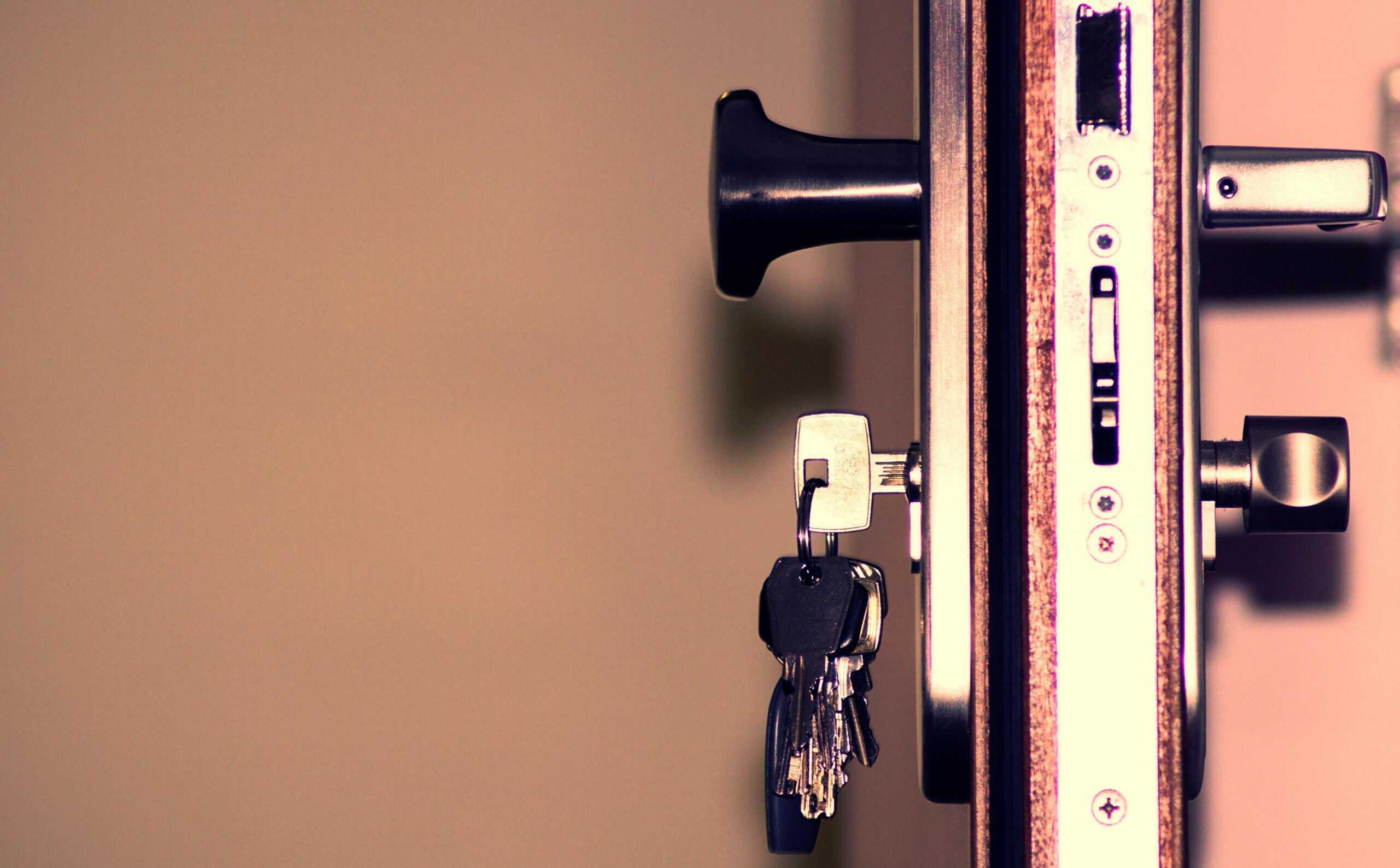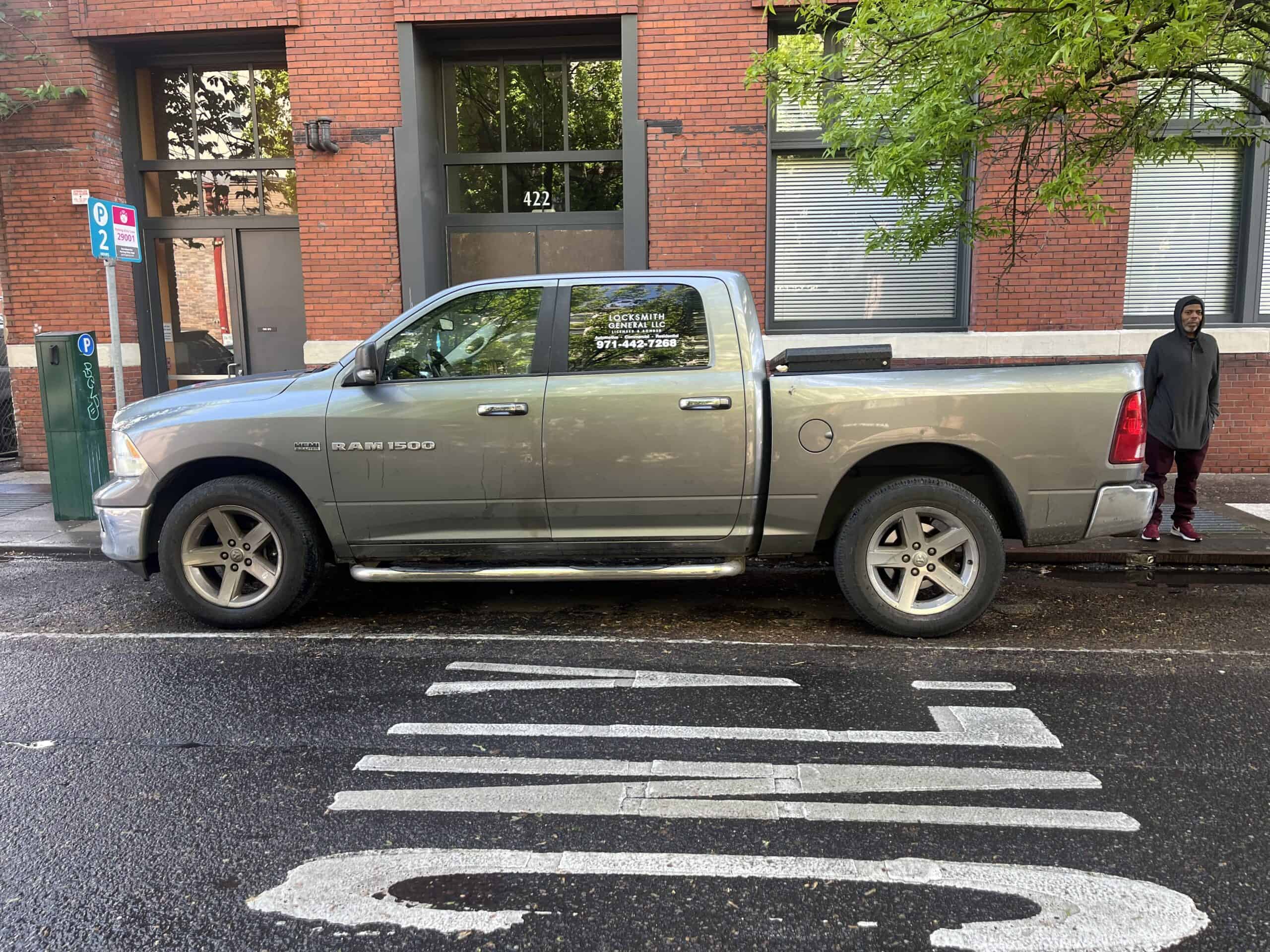Opening a locked door without a key can be challenging and often depends on the type of lock and the specific circumstances. Here are several methods you might consider for gaining access, but it’s crucial to remember that these techniques should only be used on doors you have authorization to open. Unauthorized entry into locked spaces can have serious legal consequences and is ethically questionable.
Use a Bump Key
A bump key is a specialized tool designed to open many types of pin tumbler locks. The process involves inserting the bump key into the lock and striking it with a bumping tool or hammer. This action causes the pins inside the lock to align in the correct position, allowing the lock to turn. While bump keys can be effective, they require a specific type of lock and some skill to use correctly. Additionally, the possession and use of bump keys can be considered illegal or suspicious if not used for legitimate purposes. Always ensure you have the proper authorization to use this method.
Lock Picking
Lock picking is a technique that involves using specialized tools to manipulate the internal mechanisms of a lock. By applying precise pressure and movement, you can align the pins or tumblers inside the lock to allow it to turn. This method requires a steady hand, patience, and a fair amount of practice. Professional locksmiths often use this method, but it can be challenging for beginners. The tools used include tension wrenches and pick sets, each designed for different types of locks. Successful lock picking requires both skill and knowledge of the specific lock type.
Credit Card Method
For certain types of locks, especially spring bolt locks found on many interior doors, the credit card method might be effective. This technique involves sliding a flexible card, such as a credit card, between the door and the frame. By applying pressure and maneuvering the card, you can push the latch back and unlock the door. However, this method is generally ineffective for more secure locks, such as those with deadbolts or high-security mechanisms. It is also less effective on modern doors with reinforced strike plates or advanced locking systems.
Drill the Lock
Drilling the lock is a method used when immediate access is needed, and other methods have failed. This process involves using a drill to break through the lock’s internal components, rendering it inoperable but allowing the door to be unlocked. Drilling should be considered a last resort, as it will destroy the lock and may require replacement. This method can also cause damage to the door and surrounding frame, making it a less desirable option. Typically, drilling is performed by a professional locksmith who can minimize additional damage and handle the subsequent repairs or replacements.
Call a Locksmith
The safest and most reliable approach when locked out of your home is to contact a professional locksmith. Locksmiths are trained experts who have the knowledge, tools, and experience to open locks without causing damage. The cost of hiring a locksmith can vary based on several factors:
- Standard Business Hours: During regular business hours, locksmith services typically range from $50 to $100. This fee generally covers the service call and the cost of unlocking the door. The exact cost may vary based on the complexity of the lock and the specific services required.
- After-Hours or Emergency Services: If you require a locksmith outside of normal business hours, such as late at night, early in the morning, or on weekends, the cost can be significantly higher. Emergency locksmith services typically range from $100 to $200 or more. The increased cost reflects the urgency of the service and the potential for additional travel or labor.
- Complex Locks: Locks with advanced security features, electronic components, or high-security mechanisms may incur additional charges. Specialized tools and techniques are often required to handle these types of locks, which can increase the overall cost of the service.
- Additional Fees: Some locksmiths may charge extra fees for travel, particularly if you are located in a remote or hard-to-reach area. Additionally, there may be extra charges for replacing or repairing damaged locks. It’s advisable to ask about all potential fees when requesting service to avoid any surprises.
- Reputation and Certification: When selecting a locksmith, consider their reputation and certification. Certified locksmiths are often members of professional organizations and adhere to industry standards. Choosing a reputable locksmith can ensure that you receive quality service and avoid potential scams.
Final tips
Always ensure that you have proper authorization to access the locked door you’re attempting to open. Attempting to bypass a lock without permission is illegal and can result in serious legal consequences. If you’re unsure of the best approach or if you’re dealing with a high-security lock, seeking professional assistance is the safest and most effective course of action. A professional locksmith can provide reliable solutions and help you regain access to your property with minimal disruption.



